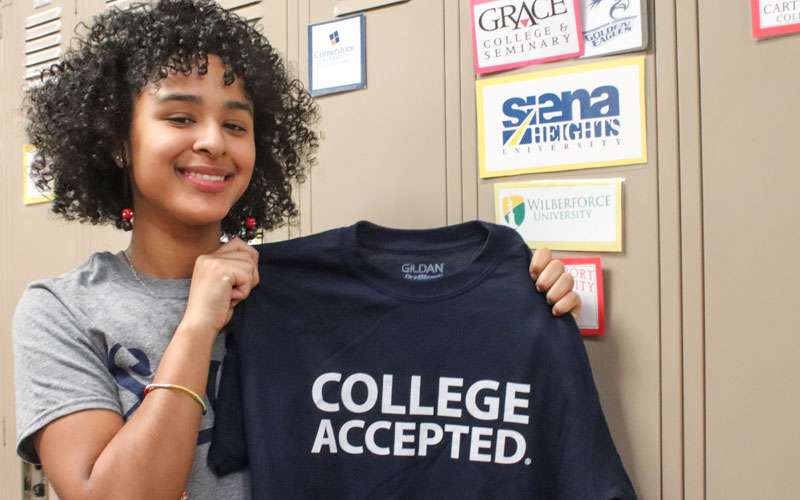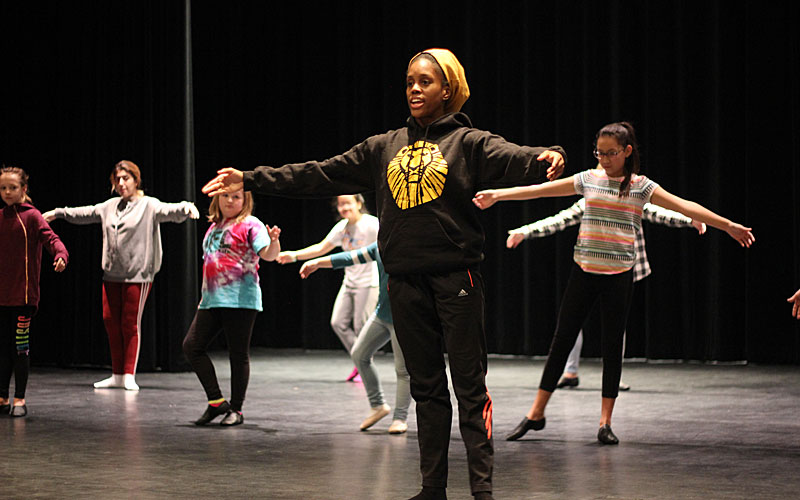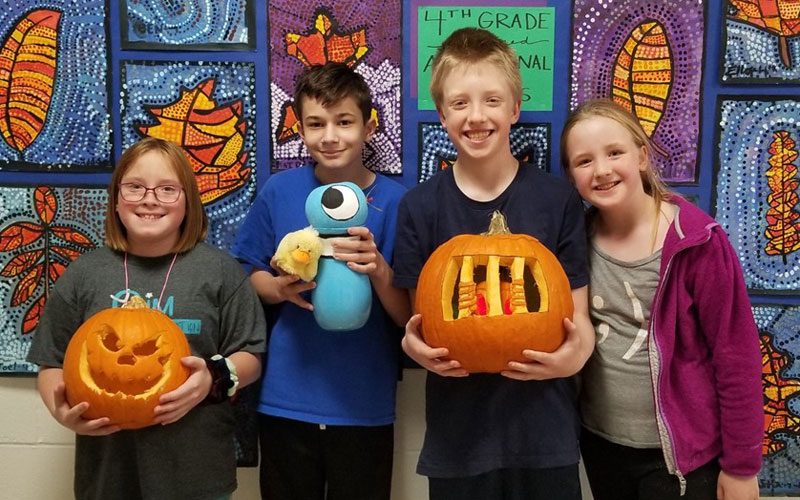Traditional Learning Models are Fantastic for Some Kids, But Many Kids Need Something Different
A look at 5 Unique Learning Environments for Kids
Most of us graduated from a traditional public or private school. In these schools, all students learned the same way – sitting behind a desk, listening to the teacher, and then completing assignments or tests to show what we learned.
Today’s schools understand that this method doesn’t work for every child and that many students can do incredible things in learning environments that are catered to their unique gifts.

I excelled in the traditional school environment. I was happy to sit quietly at my desk and learn through my teacher and textbooks. I didn’t understand why some of my classmates could not sit still. The teacher was always reprimanding them for distracting the class. Other kids could sit still, but would often daydream as they looked out the window. And almost no one in my school set their sites on college.
Yet by the time I graduated high school, we were all expected to fit in the same box. The dropout rate at my high school wasn’t good. It wasn’t because the teachers didn’t care. It was because many of my peers felt less-than. They never fit the mold, so why bother sticking with it?
Fast forward 30 years and I’ve got a son who doesn’t learn the traditional way, either. He needs movement. He learns through doing, instead of reading.

I’m grateful that today’s learning climate is different. Kids aren’t reprimanded for fidgeting. They’re given chairs that they can rock or roll on. Kids aren’t restricted to paper and pencil. They can learn through drawing and making. And if your kid wants to go to college, you bet he can find a school that will help drive him toward that goal.
UNIQUE SCHOOL IDEAS
These School Types may Have Your Kid Acing Class in No Time: Montessori, Arts, College Prep + More
GVSU Charter Schools office understands that kids learn differently and they want parents to know their options. Below are some different public school types that your kid may excel in.
You can find these school types in many places, including these charter public schools around West Michigan.

Montessori School Model
Two of my friends chose the Montessori school route and they loved it. Their girls were creative, free spirits who flourished under this self-led approach.
Montessori schools allow children to learn at their own pace. A student may need to take it slow through English, but zoom ahead of her age bracket in math. While this isn’t easily facilitated in the traditional school setting, it’s allowed in Montessori, where teachers guide students through work activities that kids select for themselves.
“One of coolest things about Montessori schools is that a lot of learning can take place between students,” says Amirah Vosburgh, Manager of School and Community Partnerships (Grand Rapids) for the GVSU Charter Schools Office.
She uses Black River Public School Elementary as an example. Here you can see younger students learning new concepts from older students, and older students mastering those concepts as they offer instruction to their younger peers.
“In a Montessori setting, knowledge and sharing knowledge are not bound by grade levels or age groups,” she says.
Arts-Integration Schools
My friend’s son just started virtual kindergarten and after 10 minutes on the first day, he was over it. That smart mama whipped out a white board and dry erase marker and now that little boy sits quietly through the school day, listening to his teacher as he draws, draws, draws his heart out. He draws while learning the alphabet, and even mandarin.
That little brain is alive at work, and all because he can draw while listening. There’s a connection between learning while using the creative side of your brain.
Schools that use art-integrated curriculum are designed to help students grow as they embrace their creative spirit. They find ways to incorporate art to support content in general ed courses like science, math and language arts.
West Michigan Academy of Arts and Academics in Spring Lake uses art-integrated curriculum.
“If they were learning about butterflies in science class, they may then learn to dance a metamorphosis dance in dance class, sing a song about butterfly migration in music, and act out butterfly motions in their drama class,” says Amirah.
Do you remember the silly song your teacher taught you to remember the 50 Nifty United States? Or how about the ABC’s song? You’ll never forget these but you might forget pythagorean theorem (unless your teacher put it to song!).
These arts integration schools tap into the deep learning parts of our brain, implanting knowledge that sticks with you for a lifetime.
Project-Based Learning Schools
This school environment is for those kids who just want to know “why?”
“Project-based learning (PBL) is a dynamic classroom approach that encourages kids to get hands-on as they explore real-world problems,” explains Amirah. “This means looking at our surroundings and figuring out what problems we can research and fix.”
Students using PBL may explore topics like becoming more environmentally friendly, community planning, or the impact of technology.
Kids who love to take deep dives into ideas thrive in the project-based learning environment. Here they can collaborate with teachers, peers and even community partners to solve problems in their community.
Unlike typical projects that are simply a small part of a standard learning unit, the PBL project itself contains and frames curriculum and instruction. When the project is complete, students then give formal presentations on their findings, just as they would if they were part of a professional committee!

College Preparation Schools]
Going to college is more than just getting accepted and signing up for classes. When I enrolled at Michigan State University I didn’t even know how large it was or how to get into a dorm. I had to figure out where to get books, and what professors expected of me without them telling me.
“It is important that our kids are prepared to maneuver their new reality when they start college,” says Amirah. “They will need to be successful inside of the classroom and with their independence of becoming an adult.”
College prep schools don’t just teach kids to study a certain way for college. They give them the tools to manage their entire college experience.
At Grand River Preparatory High School, for example, students can take AP courses as early as freshman year and even earn college credits through the early/middle college program. If they have a field they’re interested in, they could even shadow local professionals working in that field and explore course requirements for this career.
Low Student/Teacher Ratio Schools
Did this school type surprise you? It’s what every school strives for, but few obtain. And it’s a public school type that many students need.
Research shows that a lower student-to-teacher ratio can significantly improve academic outcomes. When my son was in preschool with 26 classmates, he struggled. The teacher struggled. It was hard work! When he entered kindergarten with 19 kids in his class, he was seen. He learned.
The staff at William C. Abney Academy take a holistic approach and encourage small-group instruction so students get more individualized support and engagement. At Byron Center Charter School, class sizes are small enough that the entire staff can focus on knowing every K-12 student by name and need.
And around Kalamazoo there are four elementary schools that ensure there is a teacher for every 10 students. That means you may walk into a classroom with two teachers in it because there are 20 students!
The schools with a low student-to-teacher ratio have the capacity to give kids more personalized instruction to accelerate their learning and make sure they are always on track to succeed.
Ready to Try a New Kind of Public School?
Now that you’ve read about these types, does one really resound with you and your child? And remember, kids in one family don’t even have to go to the same school. Maybe two kids will do well at one school, and their sibling will excel in a different one.
I love that we have so many choices for our children’s education today.

